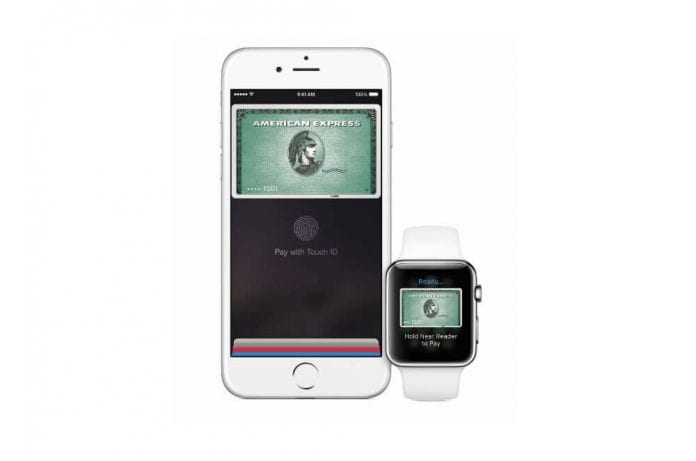Apple Inc. (NASDAQ:AAPL)’s revolutionary new mobile payment system went live on Monday along with the iOS 8.1. Using a smartphone to make payments is not a new technology as Google Inc (NASDAQ:GOOGL) has been doing for a few years now through its Google Wallet. What makes Apple Pay different is that it is native to the Apple device. This means that the user’s credit card information will be stored only on the device and the retailer will not have access to it.
Very easy to use
Apple Inc. (NASDAQ:AAPL) Pay scores high in the ease of use category. Users can add their credit card number and expiry date by clicking a picture of their credit card with their iPhone and Apple will do the rest. Once they enter the security code, Apple Pay is ready for use.
The actual payment process is also relatively simple. There is no separate app required. Just waving the iPhone at the terminal and using TouchID to authenticate the payment is all it takes.
Apple Inc. Pay needs a wider area of reach
While Apple Inc. (NASDAQ:AAPL) Pay does have its high points, it does suffer from the handicap of limited usage. Though it currently has tie-ups with over two hundred thousand retailers, you will not be able to use it at the local hot dog cart near the part. Also, users with accounts in smaller banks or credit unions have to wait until next year as only a few large banks currently support Apple Pay apart from Visa Inc (NYSE:V), Mastercard Inc (NYSE:MA) and American Express Company (NYSE:AXP).
Apple Inc. (NASDAQ:AAPL) Pay is very easy to use but so are other such payment systems. Consistent and improved security will give Apple Pay an edge over its competitors. With multiple big names such as Target Corporation (NYSE:TGT) and The Home Depot, Inc. (NYSE:HD) being victimized by security breaches and data thefts in recent days, users welcome the secure nature of transactions conducted through Apple Pay.









